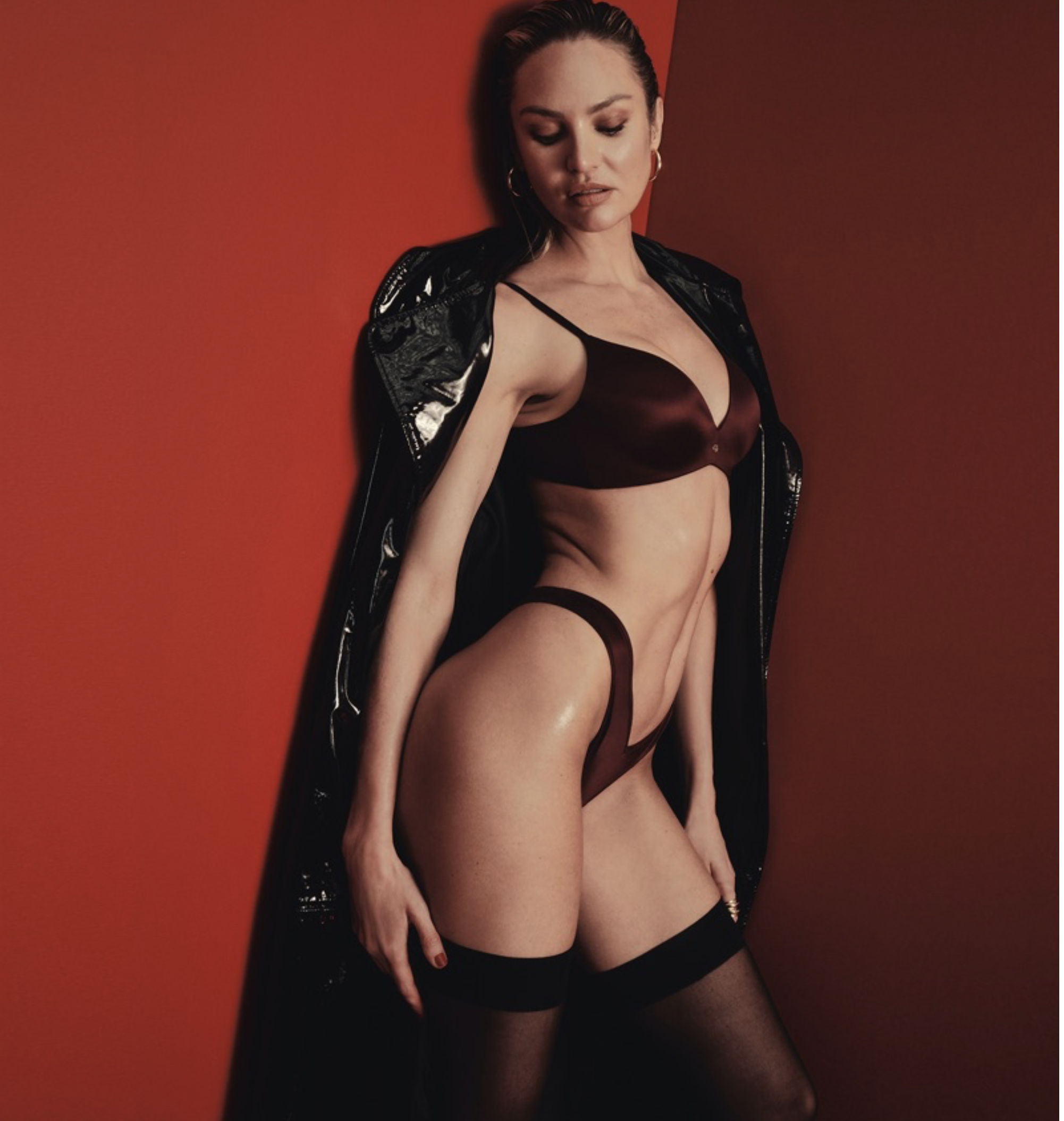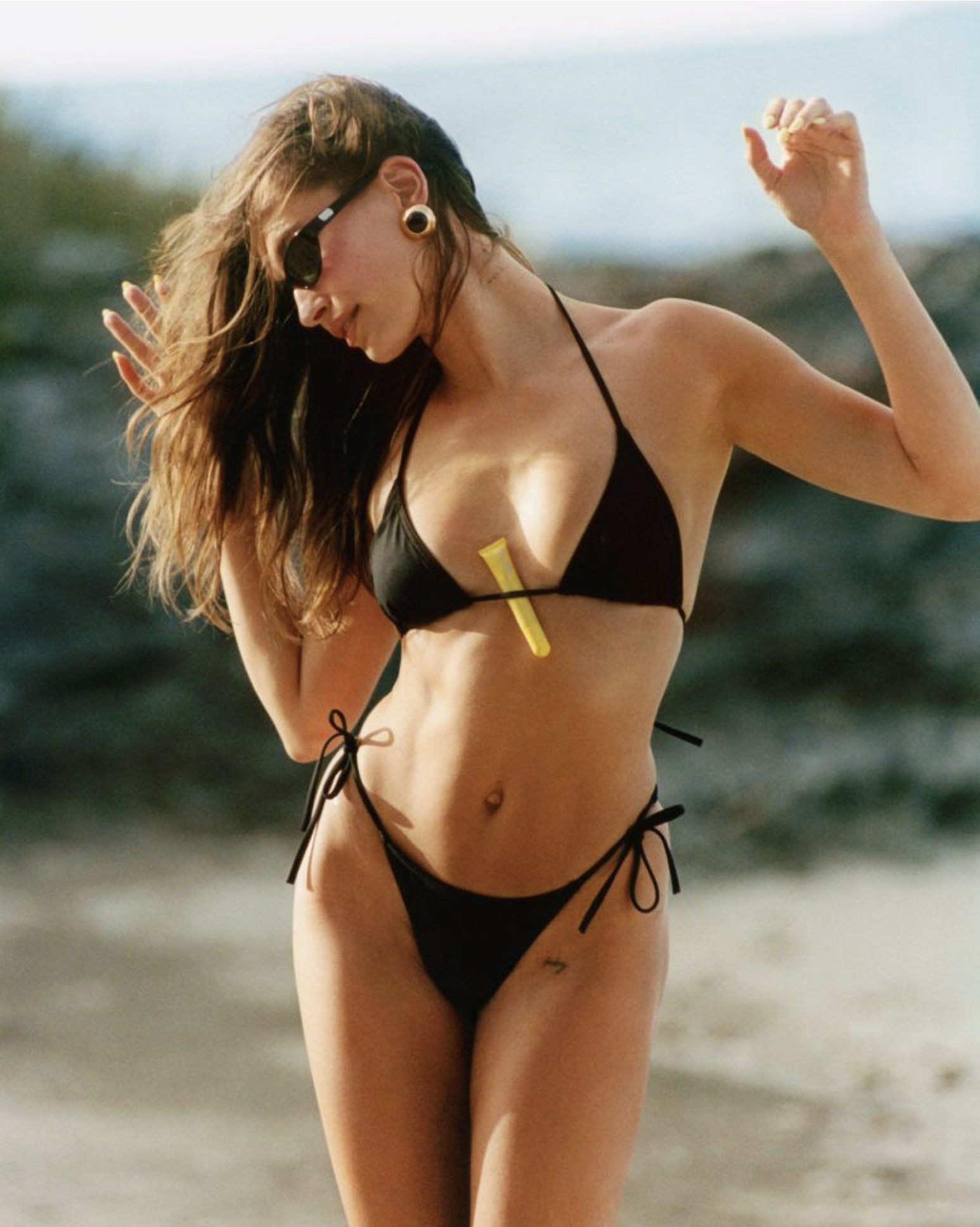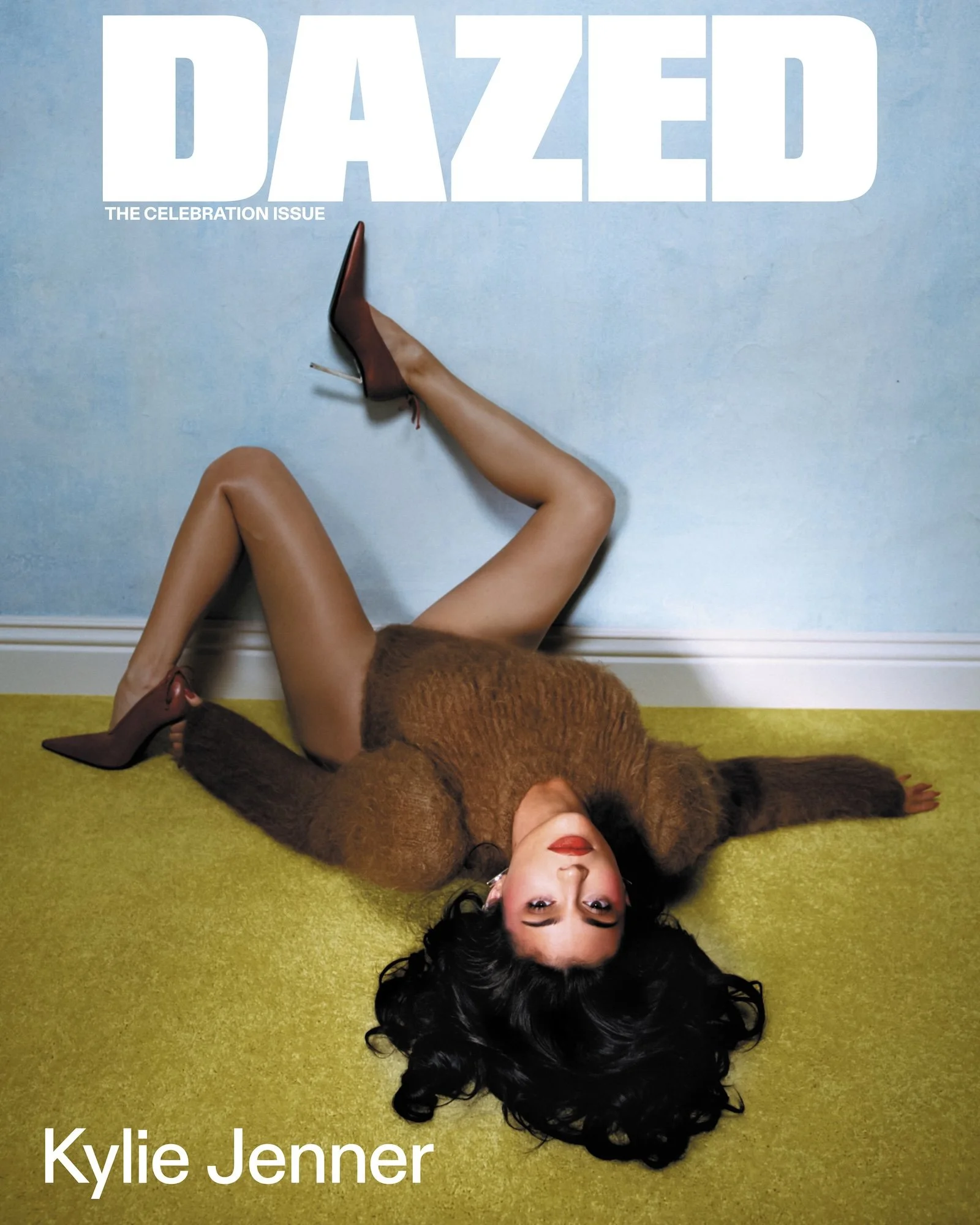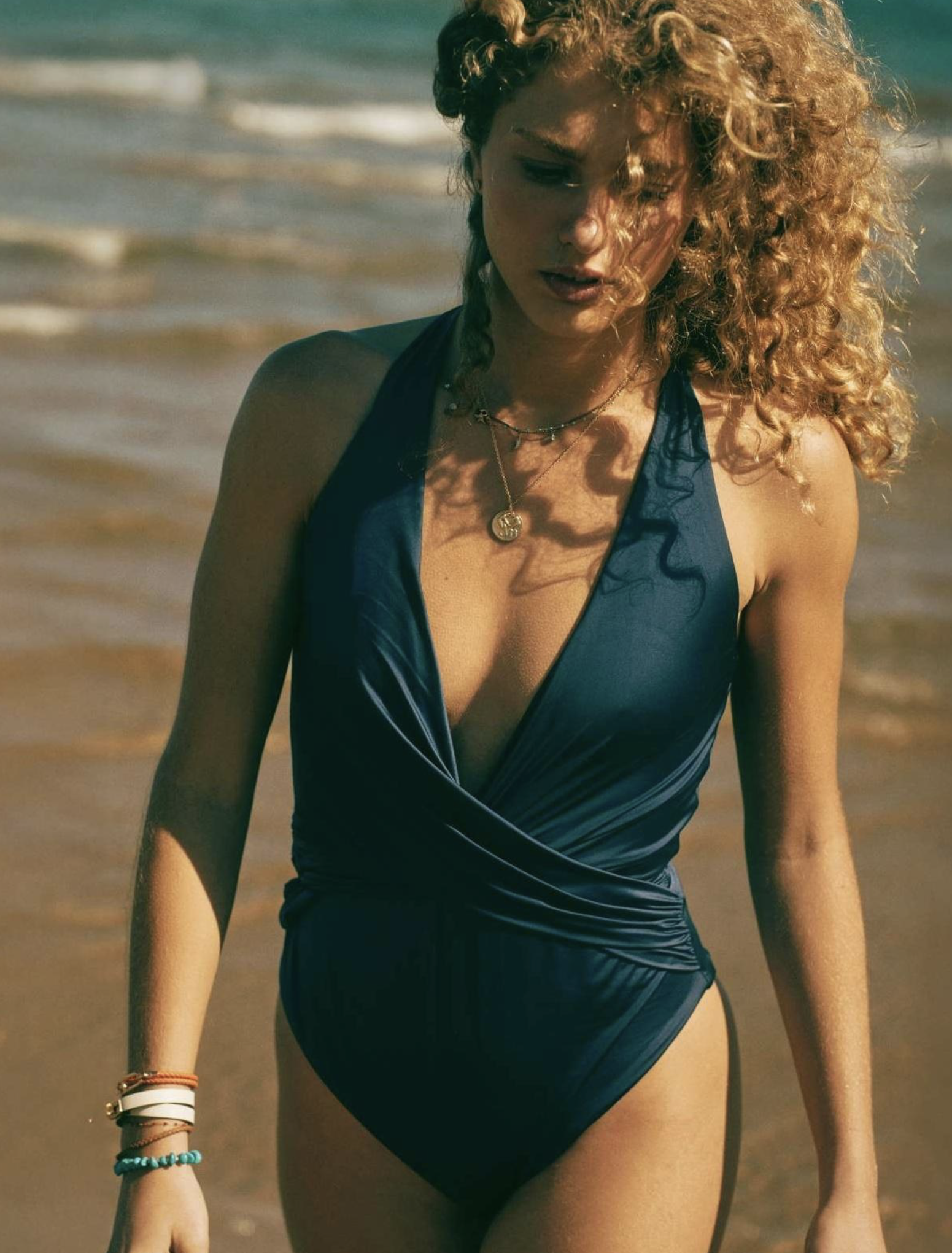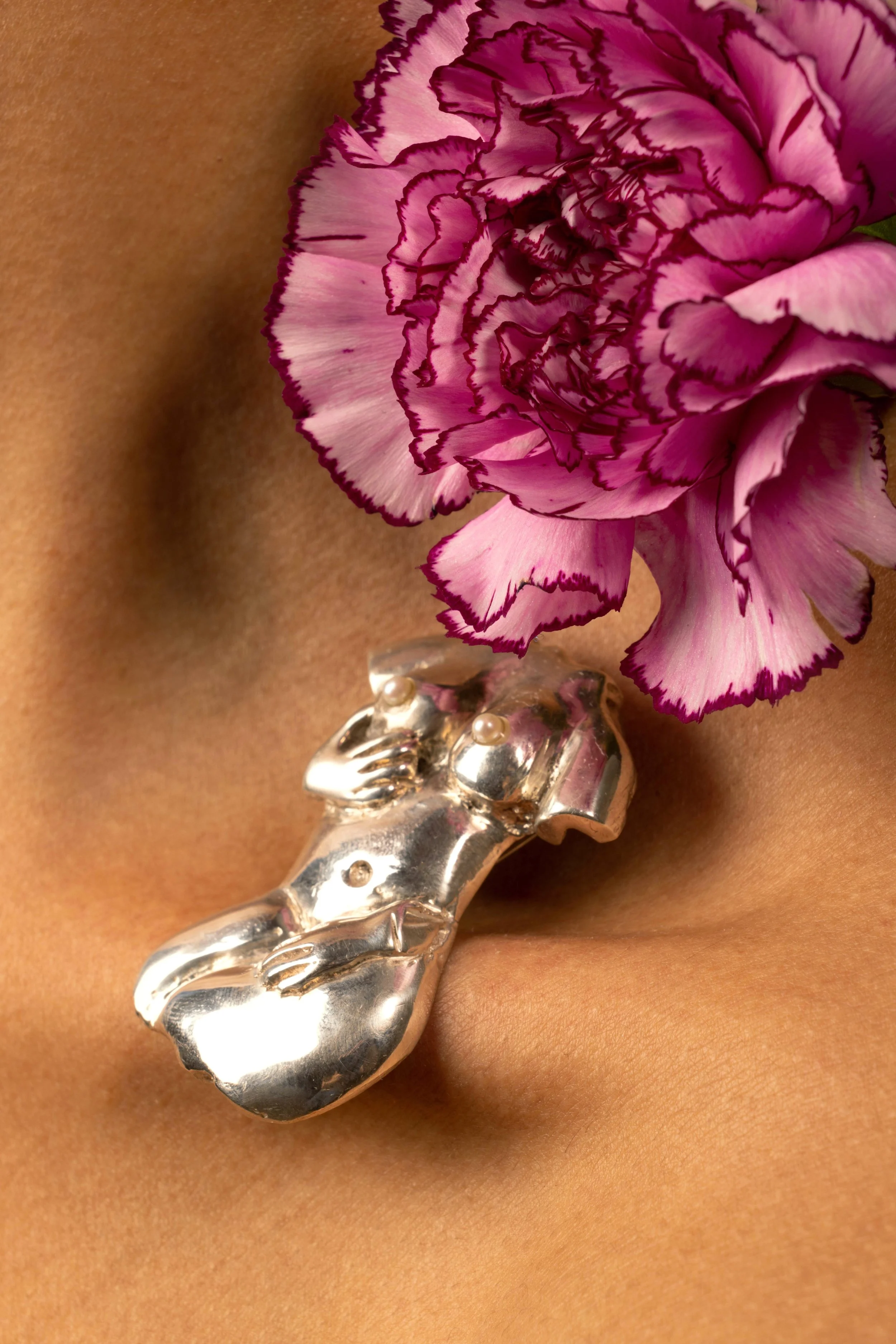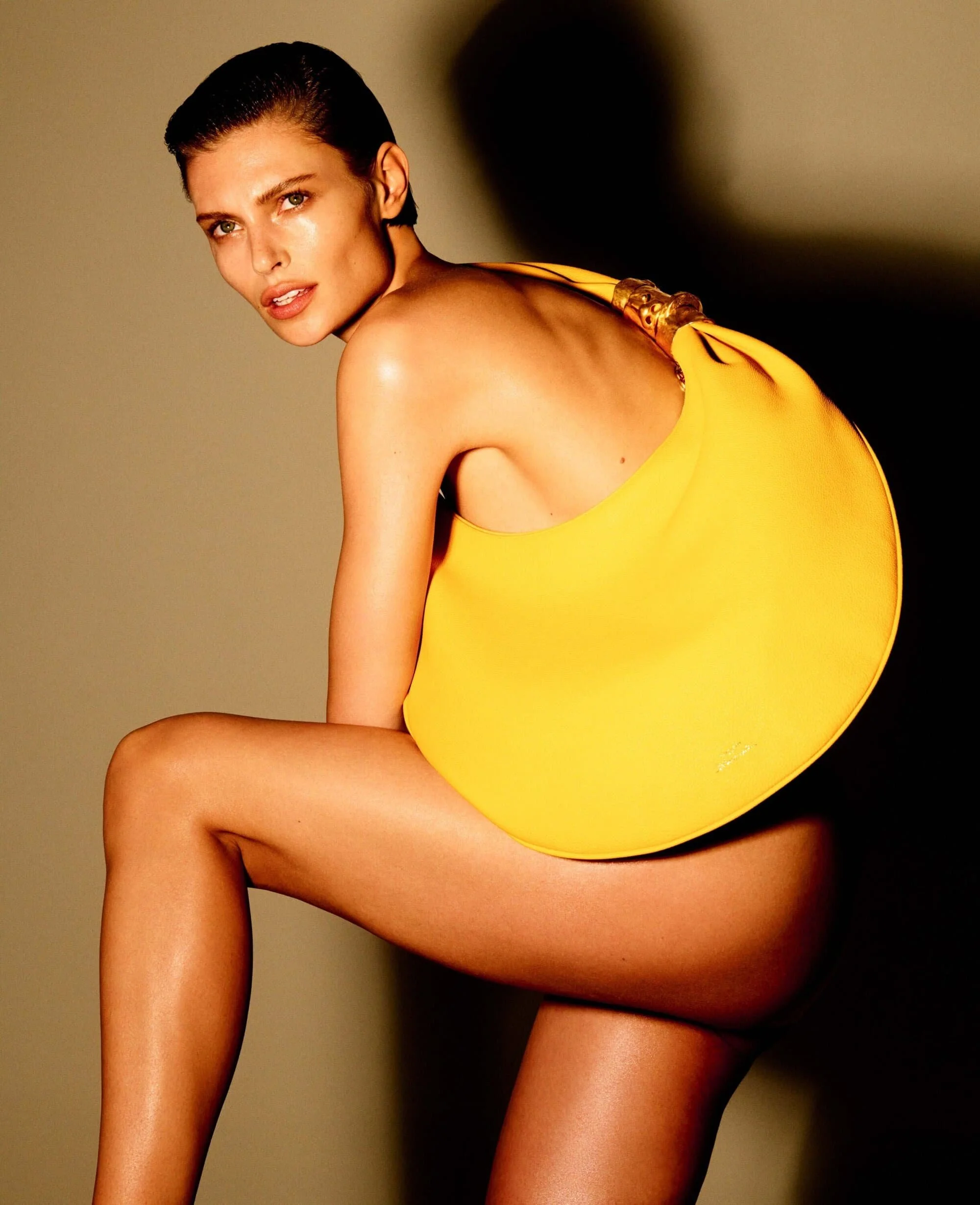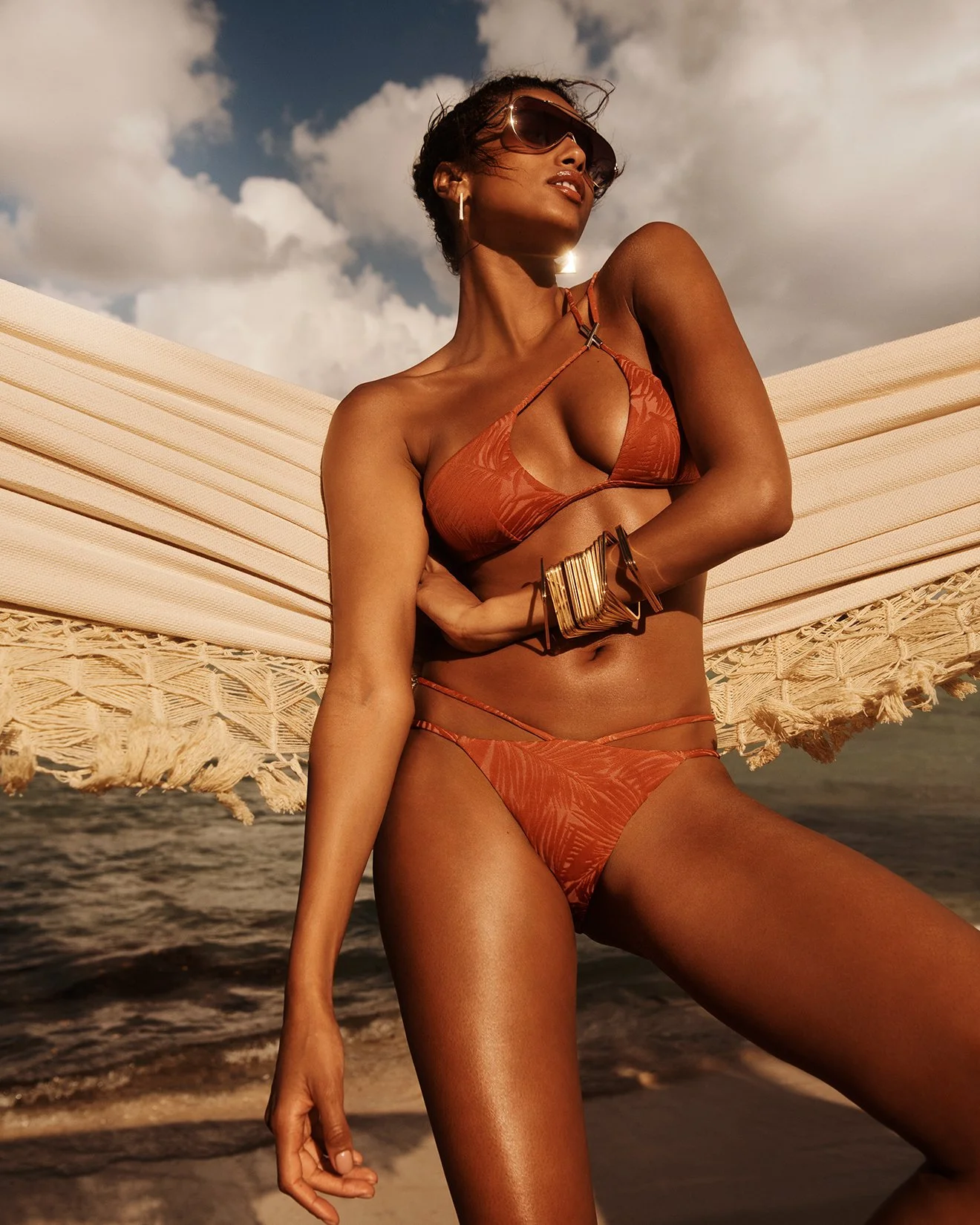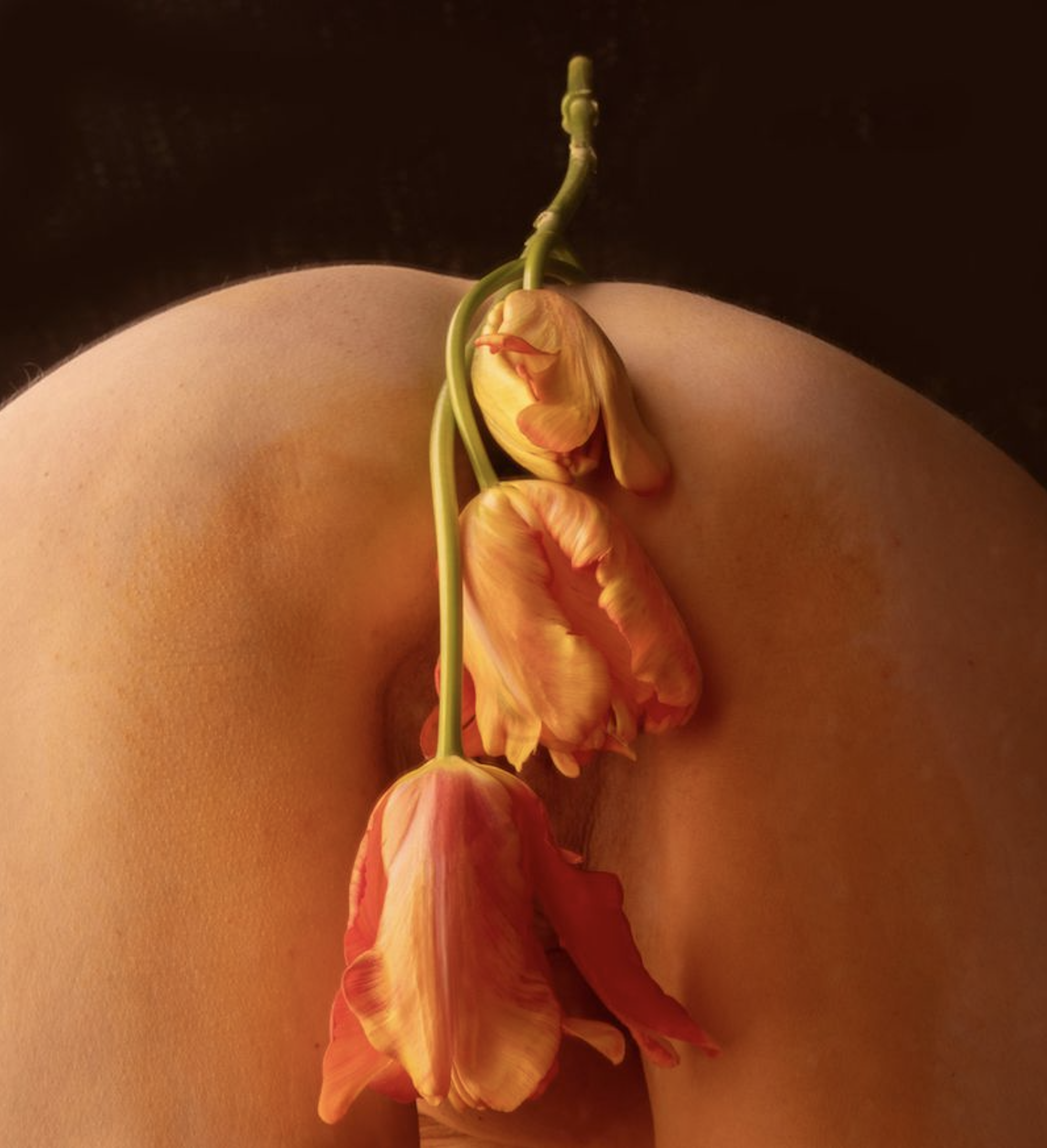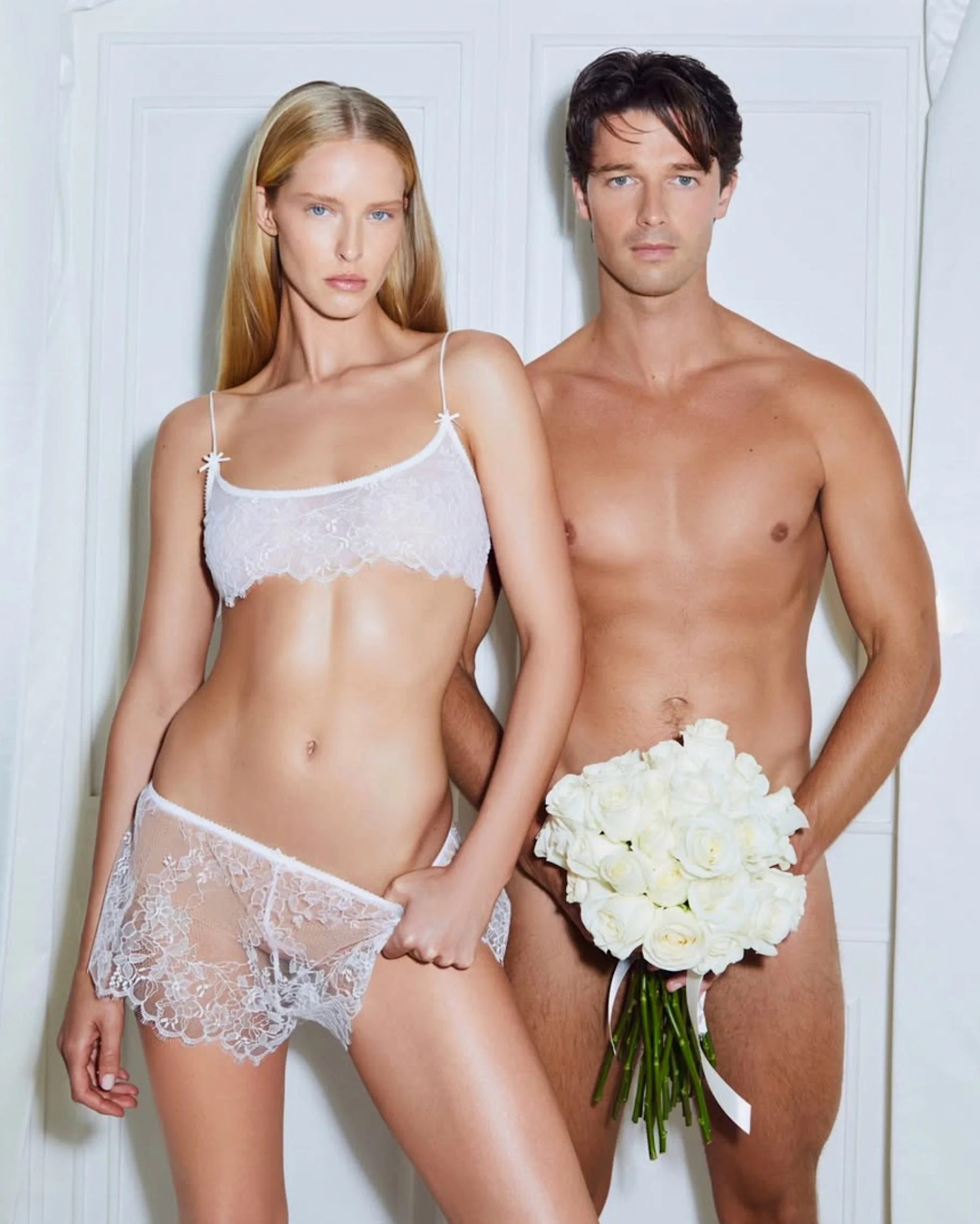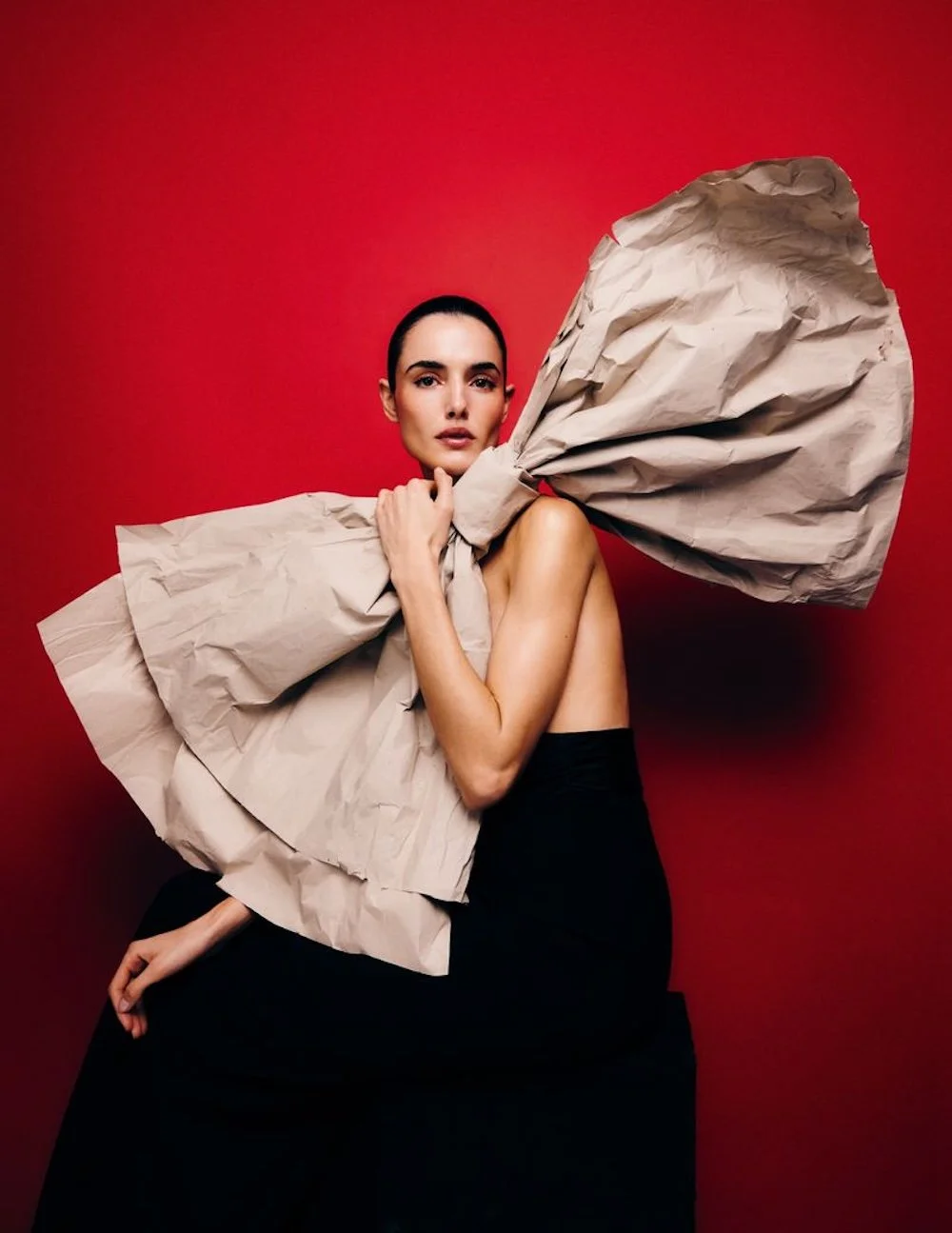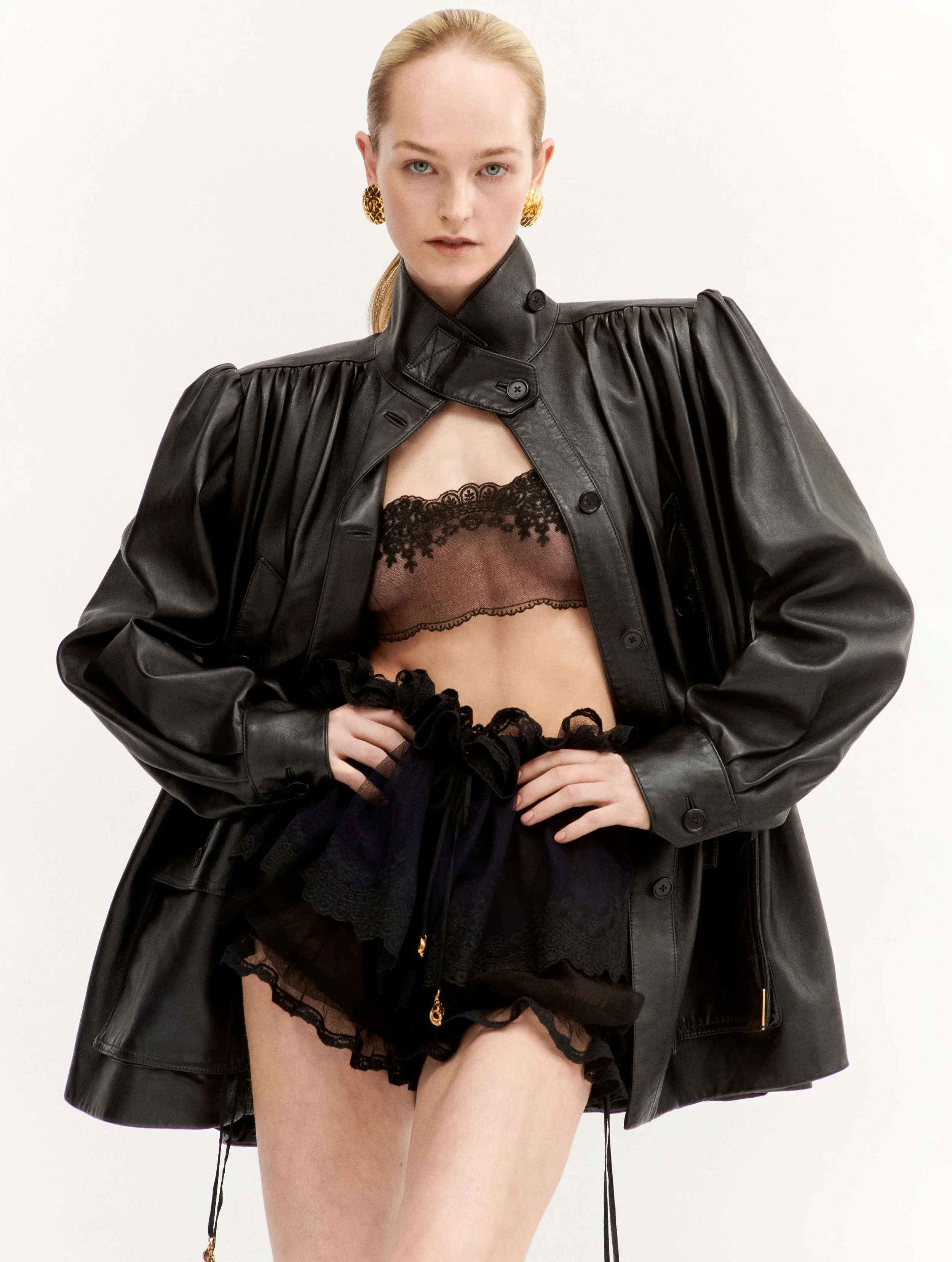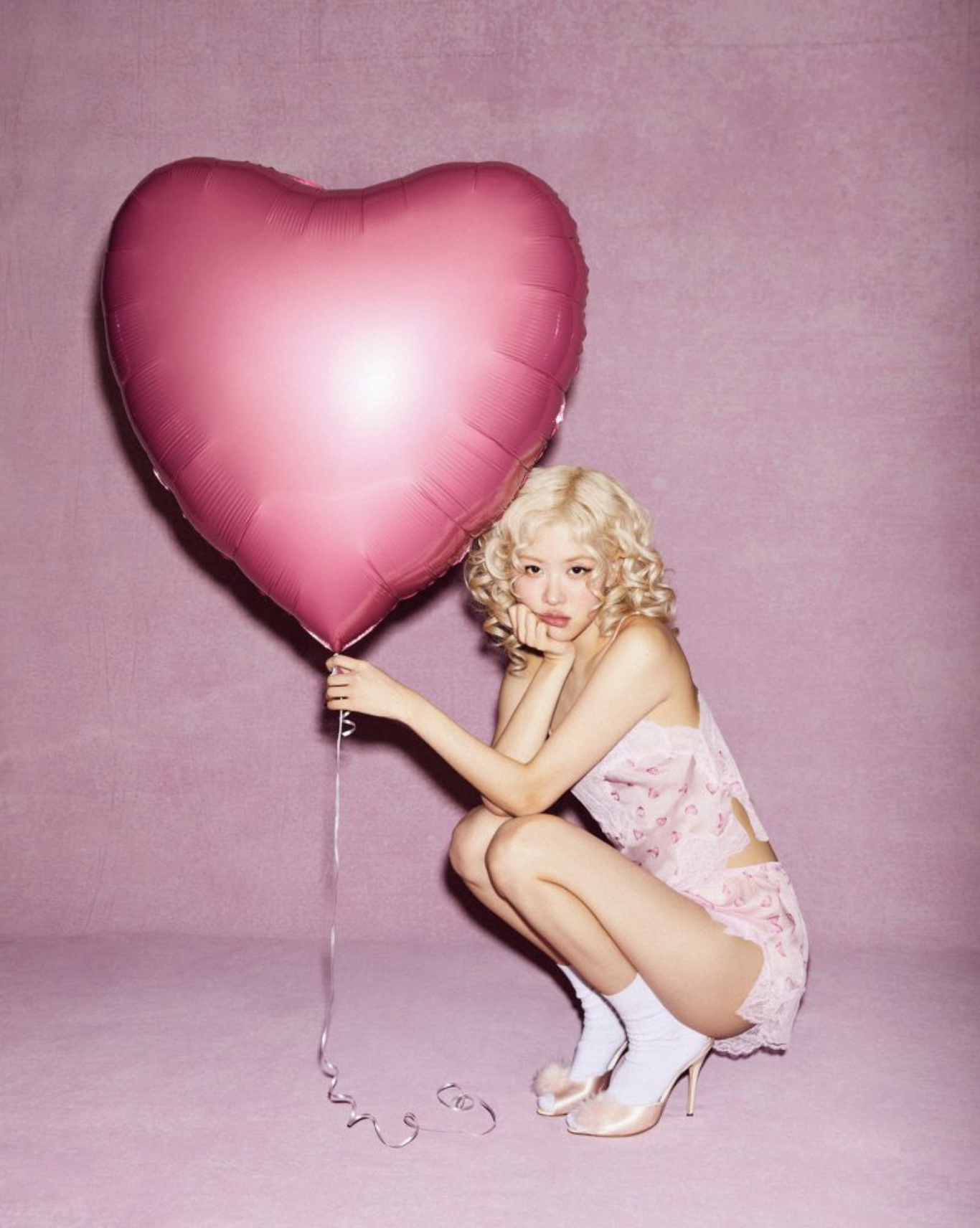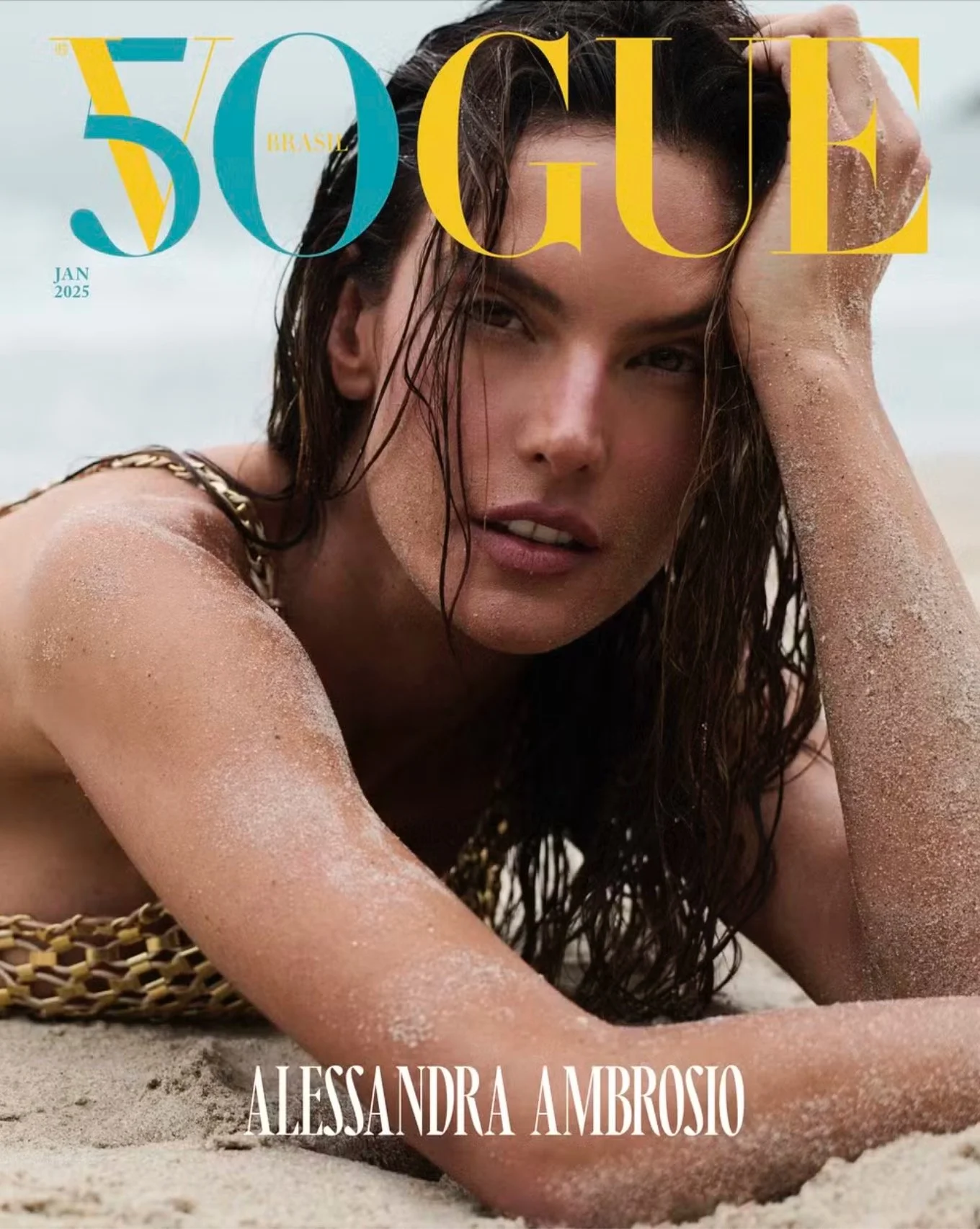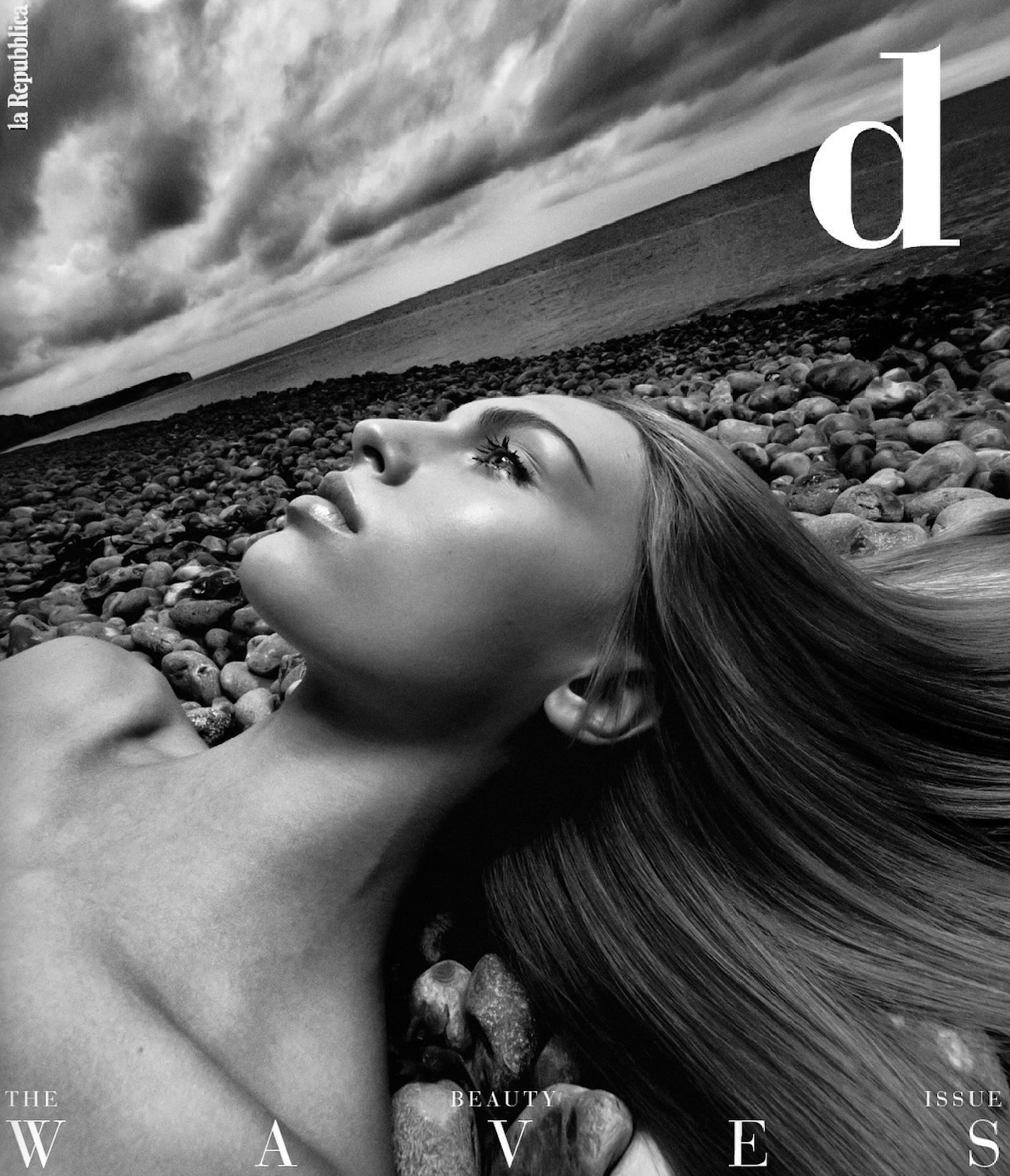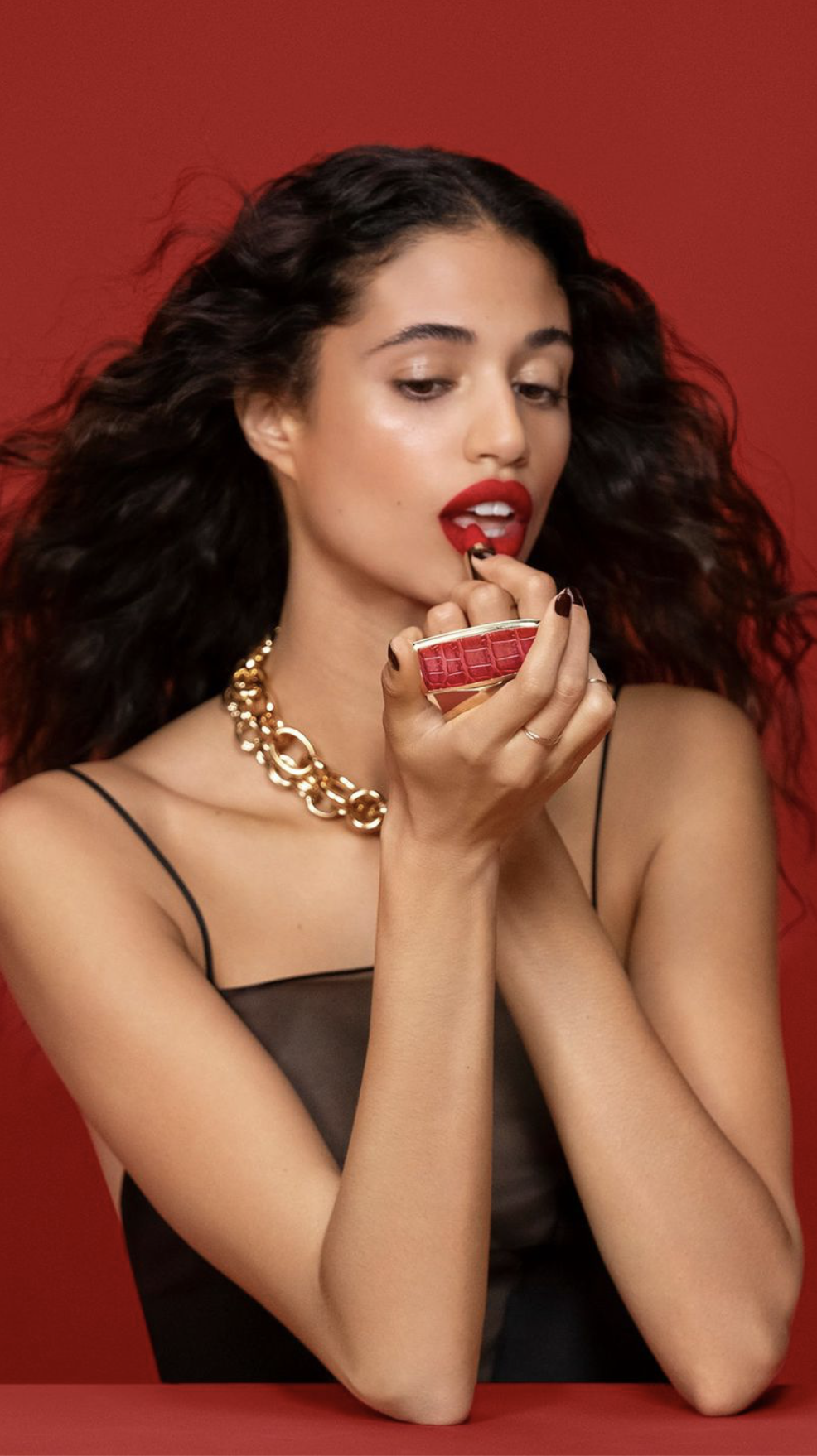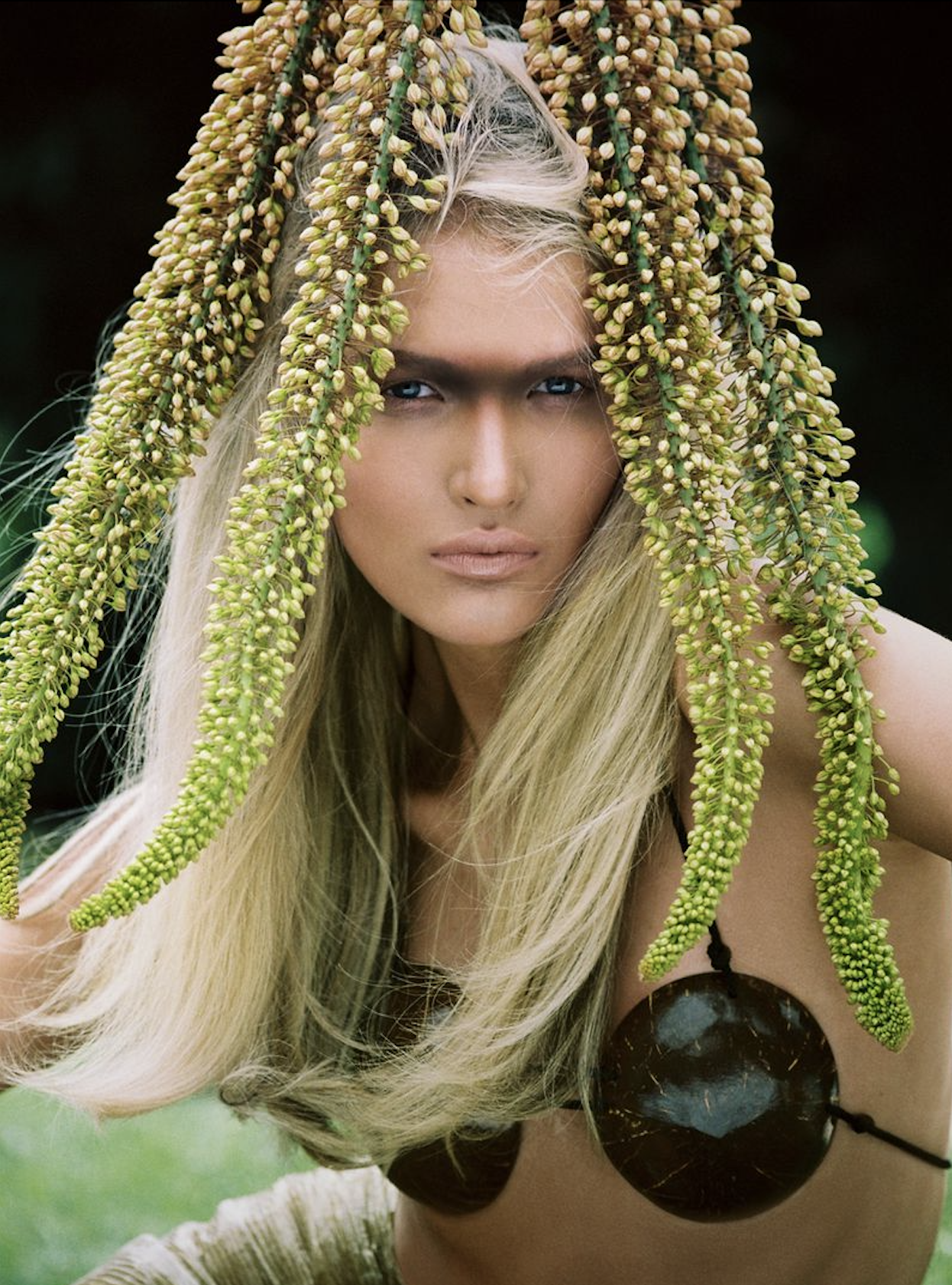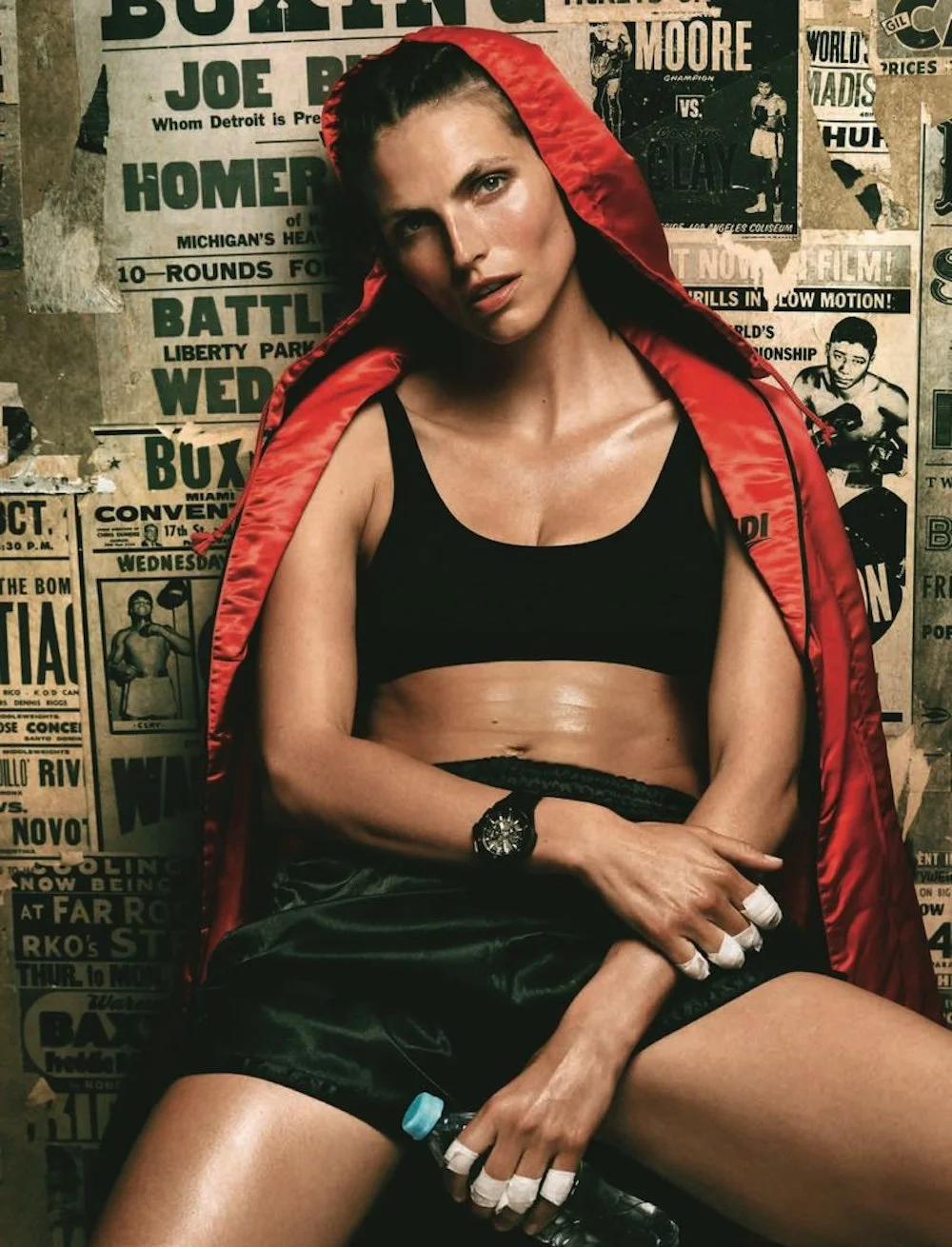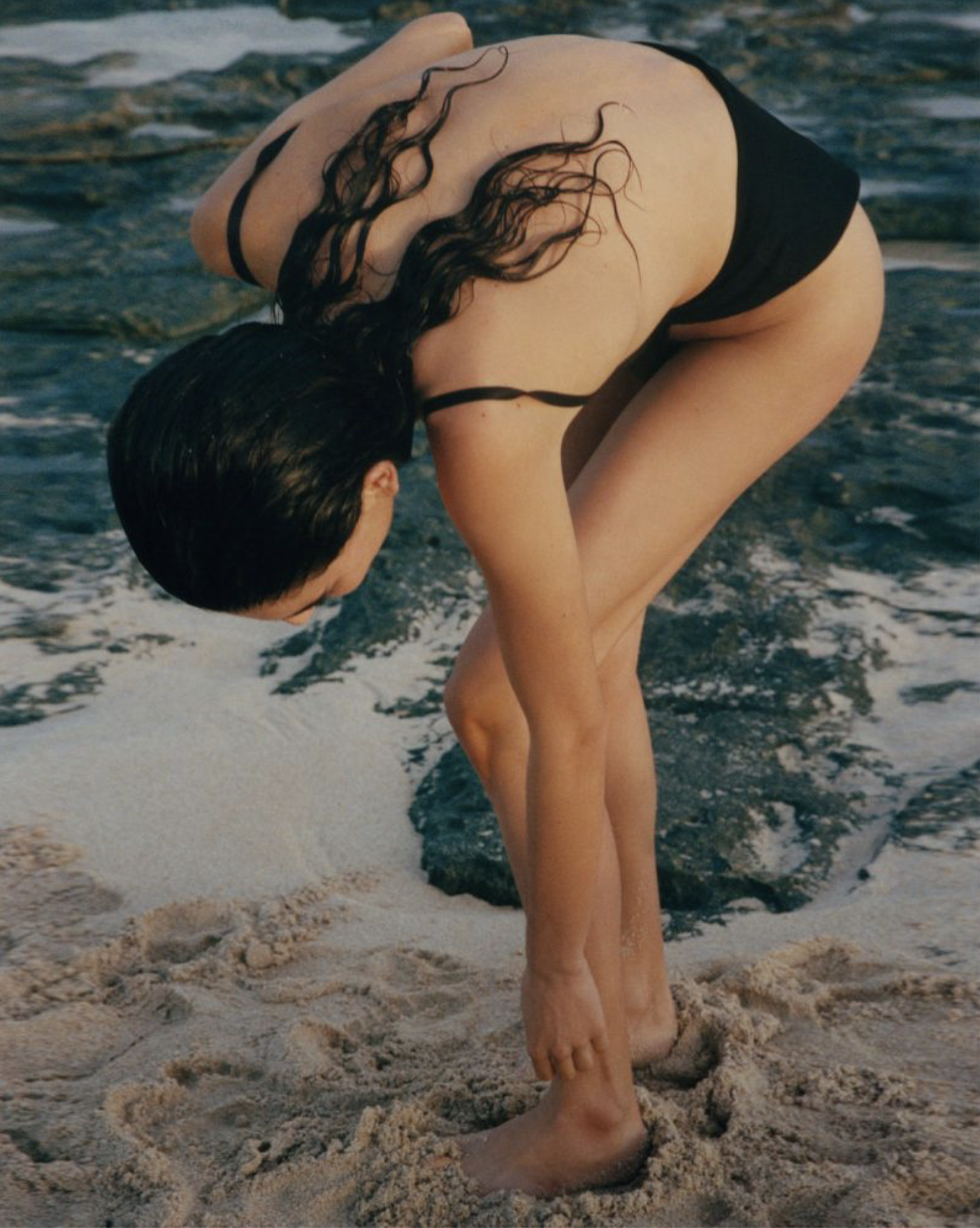Beauty | Plastic Surgery | Women's Self-Esteem -x
/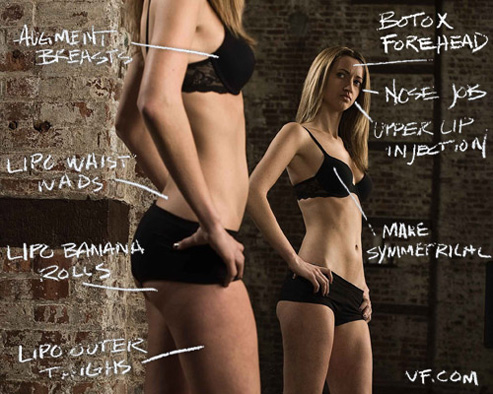 Vanity Fair Magazine, Feb. 2009A couple years ago, I corrected my own Botox doctor for using the word “perfect”, stepping back from her work and admiring my face.
Vanity Fair Magazine, Feb. 2009A couple years ago, I corrected my own Botox doctor for using the word “perfect”, stepping back from her work and admiring my face.
“I’m not here to be perfect, L. That’s a psychologically destructive word for an aging woman. What happens if there’s a day when I can’t afford Botox? No longer ‘perfect’, I’m really screwed. Talk about more needless anxiety!”
Unable to justify the amount of money I was spending on ‘moderate’ upkeep of my face in this horrific economy, I’ve been Botox and filler-free for over a year. Yes, I see some differences in my face, but people still smile at me on the street.
I’m not Botox ‘perfect’ but still pretty. And the self-affirmation of building an online voice is far more beneficial to my psyche than seeing a lineless face in the mirror. Make no mistake, I support looking our best and will probably go back to Botox again.
After five years of ‘fixing flaws’ I’m glad that I faced the woman in the mirror yet again.
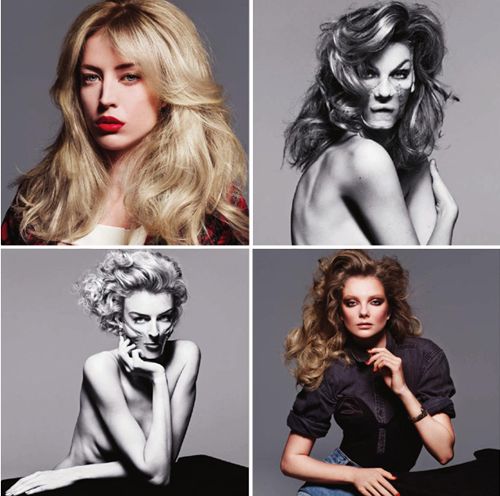 V Magazine #64 | Mirror MIrror by Inez & VinoodhAmerica is obsessed with youth and fixing flaws. Self-improvement is big business. While the economy thrives, our psyches take a beating.
V Magazine #64 | Mirror MIrror by Inez & VinoodhAmerica is obsessed with youth and fixing flaws. Self-improvement is big business. While the economy thrives, our psyches take a beating.
In need of perpetual makeovers, it’s impossible to love our natural beauty and idosyncracies. When natural lines of aging become flaws and imperfections, our minds are moving into challenging self-esteem territory.
A couple years ago I sent an email to one of the morning show’s after they did a segment on plastic surgery for aging earlobes. In all honesty, it never occurred to me whether my earlobes gave away my age. As a woman who wears halter dresses in the summer, I had a fit when the same TV makeover woman suggested that I begin wearing scarves to cover up my neck.
It’s my personal view that if you can’t love the woman in the mirror, you devolve — not evolve — in terms of self development. When we care about ourselves, we eat better, exercise, learn new things and celebrate living.
When we’re positively interested in ourselves, we often find low-cost ways to enhance our beauty, starting with a smile and eating fruits and vegetables. Many foods affect our complexions and a total resurfacing isn’t required at all.
What’s With These Photos!
This month’s V Magazine has a provocative feature on enhancing our faces, improving the woman in the mirror. For an edgy fashion magazine to explore these topics is a major move in an evolving discussion of beauty and style in our lives.
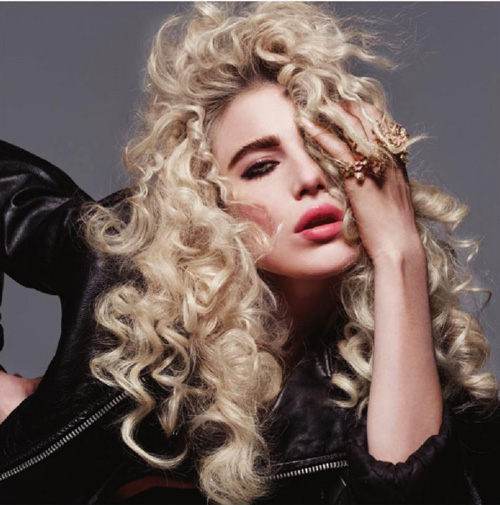 V Magagine seems dedicated to moving deeper into this psychological terrain of women’s sizes, shapes and images. After challenging stereotypes around body size in Jan. 2010, V Magazine puts forth confrontational images about plastic surgery, photographed by Inez & Vinoodh.
V Magagine seems dedicated to moving deeper into this psychological terrain of women’s sizes, shapes and images. After challenging stereotypes around body size in Jan. 2010, V Magazine puts forth confrontational images about plastic surgery, photographed by Inez & Vinoodh.
Yes, the photographic images are exaggerated, but so is our pursuit of ‘perfection’. When a woman is obsessed with being never thin enough, never wrinkle-free enough, never perfectly coifed — well besides being an obsessively, neurotic person to all around her — she loses any real beauty she might have.
 In fact, this woman is ugly. I love V Magazine for advancing dialogue around beauty and fashion — for a change. We’re not little stormtroopers all high-stepping it to fashion’s tune. The Ralph Lauren Photoshop debacle truly has unleashed pentup discussions around women and our bodies.
In fact, this woman is ugly. I love V Magazine for advancing dialogue around beauty and fashion — for a change. We’re not little stormtroopers all high-stepping it to fashion’s tune. The Ralph Lauren Photoshop debacle truly has unleashed pentup discussions around women and our bodies.
This week’s Boston Globe asks Does getting cosmetic surgery send wrong message to your kids?
In 1997, the first year the American Society for Aesthetic Plastic Surgery started compiling statistics, 2.1 million cosmetic procedures were performed. In 2008, that number had risen to 10.2 million, according to the most recent statistics available.
During that period, the number of surgical procedures such as breast augmentation and liposuction went from 973,000 to 1.8 million. Nonsurgical procedures such as Botox injections and laser hair removal soared from 1.1 million to 8.5 million.
Some mothers are concerned that getting their own cosmetic ‘improvements’ sends a message of insecurity to their daughters. Logic must prevail on this topic. What seems to do the most harm is our endless self-criticism and hating this detail and that one about ourselves.
Always criticizing our flaws seems more destructive than just quietly doing what we choose to either ignore them, totally embrace them or fix them with a cosmetic or plastic surgery assist.
In Feb 2009, Vanity Fair featured “Plastic Surgery Confidential” reviewing the experiences of New York writer Melanie Berliet, a five-foot-nine, 120-pound 27-year-old, who went undercover with three plastic surgeons, seeking advice on what they recommended — and at what cost — to maximize her “assets” or minimize her “flaws”, depending on your point of view.
Unlike my medical aesthetics doctor, Berliet saw surgeons. Each man gave her a very different experience on seeing herself and her “imperfections”, with a varied cost on fixing them. The writers picture is at the top of the page.
Embarking on her journey for physical perfection, Berliet didn’t imagine that she needed much improvement. When the three plastic surgery improvers were finished with her, she was ready to get under a burqa. OK, I exaggerate, but you get the point of the read.
Written a year ago,“Plastic Surgery Confidential” is not a business article and doesn’t comment on the fact that the supply of affluent customers in need of cosmetic enhancement has dried up across the city.
Unfortunately, there’s a bit more brow-sagging in Manhattan.
Plastic Surgery Business Angle
Crain’s Business estimated in early 2009 a 20% to 50% drop in the number of cosmetic procedures performed in Manhattan in 2009. Past economic recessions haven’t hit the botox boosters so hard. Following up today, their predictions seem to have been on target.
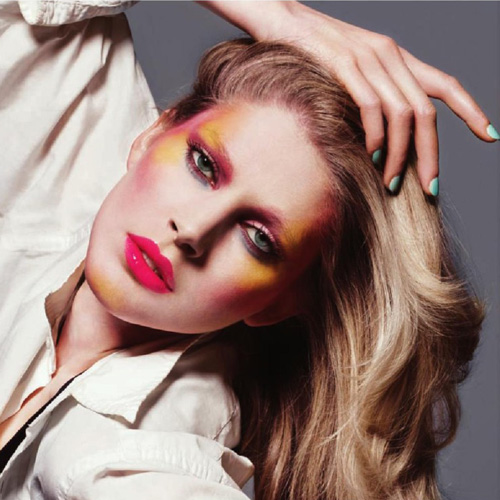
No one is suggesting that the woman (like me) committed to looking younger will abandon the calling. But business is down and women are looking for less expensive options and extended payment plans. Coupons and discounts — “are you kidding?” words in plastic surgery, are now murmurred in hushed tones around the city.
Bottom line, it’s inevitable that youthful faces will be just a bit more relaxed in the coming years, with just a hint or two of a 50’s forehead and emerging wrinkles, as customers convert bi-monthly visits to quarterly.
After reviewing our depleted 401Ks, we might join French women like Ines de Fressange who see a bit of genuine beauty in a forehead that looks as if experience is an asset and not something to be wiped away, withour leaving a trace.
As always the French and Italian women embrace aging, because their cultures don’t send a message of being washed up at 30.
Consider that tonight is Academy Awards night and we have Meryl Streep at 60 and Helen Mirren at 64 nominated for Best Actress. Both women are sexy and full of vitality and neither has any extensive cosmetic surgery.
Without condemning the practice — which should be every woman’s choice — perhaps the media will at least help women not to make chariacatures of themselves with endless needles and injections.
There’s nothing worse than a face that’s overworked. The V Magazine photos send this message, too.
For me, the most beautiful face is the one that looks as if nothing has been done to it. The woman who looks fabulous for her age is inspiring. Trying to be 30 when you’re 50 is a zero sum game. Increasingly large numbers of women are telling us, being 40, even 50 — or 60 like Meryl, Helen and Susan Sarandon is hardly a life of hardship anymore.
Take a deep breath, face the mirror, tell yourself that you’re simply gorgeous, and I guarantee you that you will find something quite magnificent in your image. After you’re clear what you love, then perhaps you might consider an improvement or two.
As for ‘perfection’, forget about it. Perfect women have almost no fun in life.
I’m getting a sense of deja vu here. I think I wrote the same parting words about wearing the Victoria’s Secret Bombshell bra. Could this be the reason they’re running a new ‘I Love My Body’ campaign? Trust me; your own body is beautiful. Anne
See more photos from #64 | Mirror Mirror by Inez & Vindooth at Fashion Gone Rogue. Models include Raquel Zimmermann, Angela Lindvall, Eniko Mihalik, Anja Rubik, Dree Hemingway, Jacquetta Wheeler and Iselin Steiro. Ensembles styled by Panos Yiapanis.



